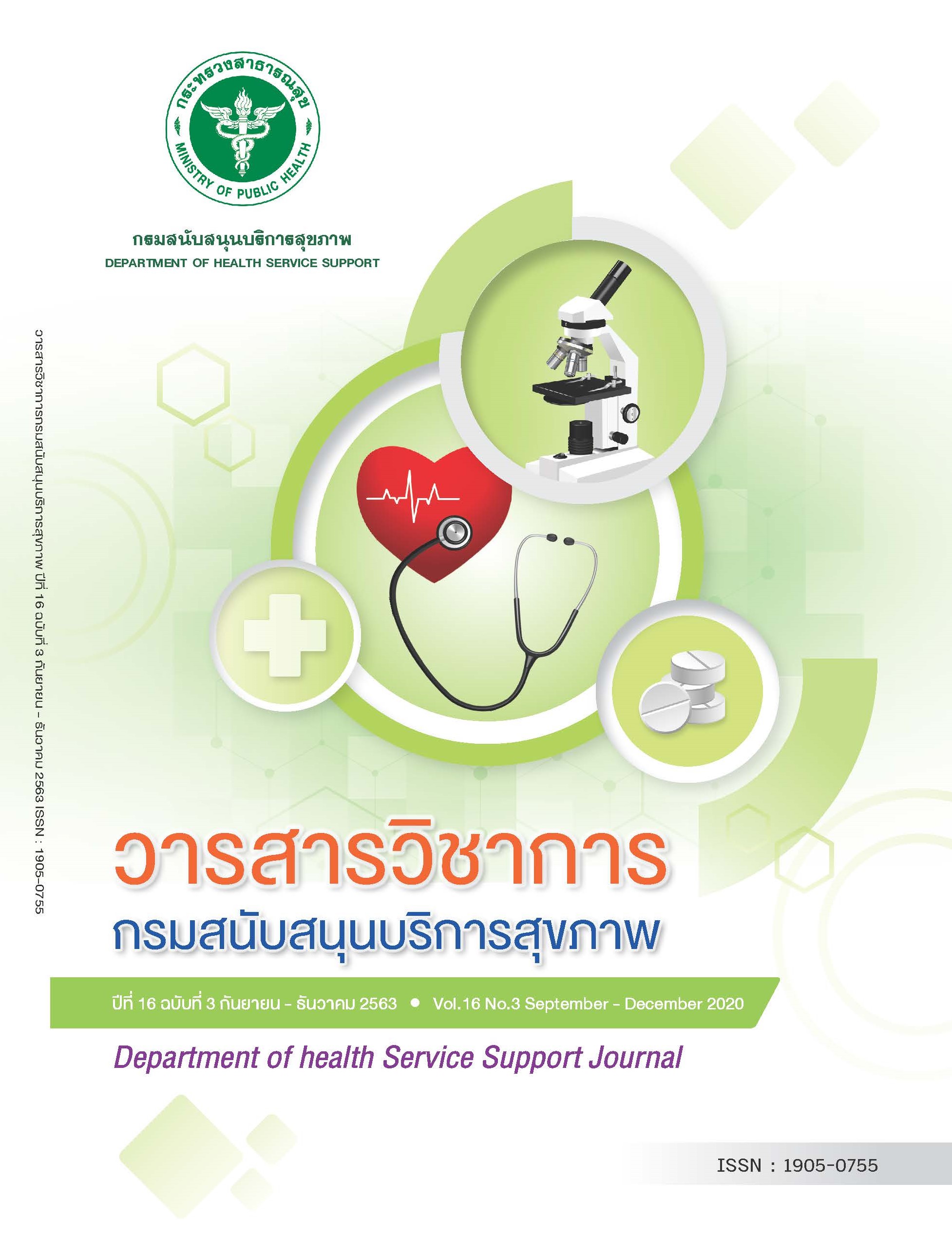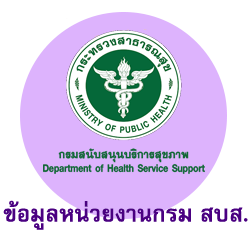THE EXPERIMENTAL STUDY OF USING THE LOW SALT INTERVENTION PROGRAM IN COMMUNITIES
Keywords:
low salt intervention program, 24-hour urine sodium, systolic blood pressure, risk groups for chronic kidney diseaseAbstract
This Controlled prospective experimental research. aimed to 1)compare knowledge, attitude and sodium consumption behaviors at before and after the intervention package . 2) compare blood pressure and 24-hour urine sodium of risk groups for chronic kidney disease at before, after and follow up. The intervention package was a 2-months will be Intensive group Education for salt reduction, adjustment of food recipes to contain less amount of salt and sodium, Salt content in food compact salt meter. The study was conducted from July to August 2018. A total of 209 risk groups for chronic kidney disease using purposive sampling method in 3 communities: 1) Kumphawapi Sub-district (Tambon), Kumphawapi District. Udon Thani province 2) Khu Bua Sub-district (Tambon), Mueang District, Ratchaburi Province 3) Huai Yot Sub-district (Tambon), Huai Yot District, Trang Province. Data were collected through 1) a questionnaire on knowledge, attitude and sodium consumption behaviors, 2) Blood pressure, and 3) 24-hour urine sodium. Data were analyzed using Paired sample T test.
After the intervention program, the participant’s mean knowledge of high sodium consumption, mean systolic blood pressure and mean 24-hour urine sodium has showed the significant difference at 0.05 between before and after the intervention in 3 communities. Followed up after the intervention package in next 2 months: mean 24-hour urine sodium has showed the significant difference at 0.05 between after and follow up the intervention in 2 communities.
The Low Salt Intervention Program to increased knowledge, to reduce blood pressure and 24-hour urine sodium, but not able to cause changes in attitude and behavior. There should been increase in duration and activities that will encourage continuous behavioral changes, and conjunction with environmental promotion to reduce salt intake.
References
Aldo, L. et al. (2012). Lifestyle Education Program Strongly Increases Compliance to nonpharmacologic intervention in Hypertension patient: A2-Year Follow-Up Study. Journal of Clinical Hypertension. 14(11):767-772.
Bjoernsbo, K. et al. (2019). Salt Reduction Intervention in Families Investigating Metabolic, Behavioral and Health Effects of Targeted Intake Reductions: Study Protocol for a Four Months Three-Armed, Randomized, Controlled “Real-Life” Trial. International Journal of Environmental Research and Public Health.
Boonsiri, C. (2017). Effect of Program Food Consumpton for Sodium Reduction on Knowledge and Urinary Sodium in Nursing Student. Thai Journal of Nursing Council. 32(3): 104-119. (In Thai)
Burean of Non Communicable Disease. (2013).Report on the result of the reviwe. Preventing non-communicable disease in lifestyle by reducing salt intake. Bangkok: Printing Workshops. Veterans Affairs under the patronage.
Burean of Non Communicable Disease. (2016).Strategy to reduce salt and sodium consumption in Thailand 2016-2025.
Bangkok: Printing Workshops. Veterans Affairs under the patronage.
de Brito-Ashurst, I. et al. (2013). The role of salt intake and salt sensitivity in the management of hypertension in South Asian people with chronic kidney disease: a randomised controlled trial. Heart. 99:1256–1260.
Irwan, AM. et al. (2016). Development of the saltreduction and efficacy-maintenance program in Indonesia. Nursing and Health Sciences.18:519–532.
Nakano, M. et al. (2016). Effect of Intensive SaltRestriction Education on Clinic, Home, and Ambulatory Blood Pressure Lavels in Treated Hypertension Patients Druing a 3-Month Education Period. Journal of Clinical Hypertension. 18(5):385392
National Health Commission Office. (2016). 8 th National Health Assembly Resolution 2015. Nonthaburi: National Health Commission Office
National Health Commission Office: Thailand. (2014) 6 th National Health Assembly Resolution 2013. Nonthaburi: Siripattana.
Pillay, A. et al. (2017). Assessment of a Salt Reduction Intervention on Adult Population Salt Intake in Fiji. Nutrients. 9:1350.
World Health Organization. (2011). Global status report on noncommunicable diseases 2010. Geneva: World Health Organization.
World Health Organization. (2013). Global Action Plan for the Prevention and Control of Noncommunicable Diseases2013-2020.Geneva: World Health Organization.
World Health Organization. (2017). Best buys and other recommended interventions for the prevention and control of noncommunicable diseases. Geneva: World Health Organization.
Downloads
Published
How to Cite
Issue
Section
License

This work is licensed under a Creative Commons Attribution-NonCommercial-NoDerivatives 4.0 International License.



